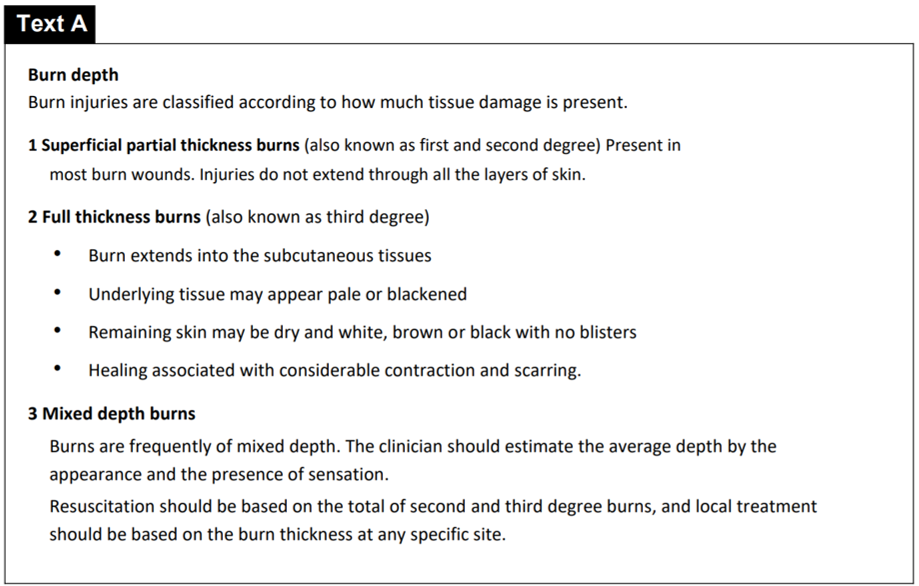Choose the answer (A, B, C or D) which you think fits best according to the text.
Until this century, adult ADHD was a seldom-diagnosed disorder. Nowadays however, it’s common in mainstream medicine in the USA, a paradigm shift apparently driven by two factors: reworked – many say less stringent – diagnostic criteria, introduced by the APA in 2013, and marketing by manufacturers of ADHD medications. Some have suggested that this new, broader definition of ADHD was fuelled, at least in part, to broaden the market for medication. In many instances, the evidence proffered to expand the definitions came from studies funded in whole or part by manufacturers. And as the criteria for the condition loosened, reports emerged about clinicians involved in diagnosing ADHD receiving money from drug-makers.
In the fifth paragraph, it is suggested that drug companies have
A. been overly aggressive in their marketing of ADHD medication.
B. influenced research that led to the reworking of ADHD diagnostic criteria.
C. attempted to change the rules about incentives for doctors who diagnose ADHD.
D. encouraged the APA to rush through changes to the criteria for diagnosing ADHD.
Answer and Explanation
Correct answer is B
Until this century, adult ADHD was a seldom-diagnosed disorder. Nowadays however, it’s common in mainstream medicine in the USA, a paradigm shift apparently driven by two factors: reworked – many say less stringent – diagnostic criteria, introduced by the APA in 2013, and marketing by manufacturers of ADHD medications. Some have suggested that this new, broader defi nition of ADHD was fuelled, at least in part, to broaden the market for medication. In many instances, the evidence proffered to expand the definitions came from studies funded in whole or part by manufacturers. And as the criteria for the condition loosened, reports emerged about clinicians involved in diagnosing ADHD receiving money from drug-makers.
This brings us to the issue of the addictive nature of ADHD medication. As Dr Saul asserts, ‘addiction to stimulant medication isn’t rare; it’s common. Just observe the many patients periodically seeking an increased dosage as their powers of concentration diminish. This is because the body stops producing the appropriate levels of neurotransmitters that ADHD drugs replace − a trademark of addictive substances.’ Much has been written about the staggering increase in opioid overdoses and abuse of prescription painkillers in the USA, but the abuse of drugs used to treat ADHD is no less a threat. While opioids are more lethal than prescription stimulants, there are parallels between the opioid epidemic and the increase in problems tied to stimulants. In the former, users switch from prescription narcotics to heroin and illicit fentanyl. With ADHD drugs, patients are switching from legally prescribed stimulants to illicit ones such as methamphetamine and cocaine. The medication is particularly prone to abuse because people feel it improves their lives. These drugs are antidepressants, aid weight-loss and improve confidence, and can be abused by students seeking to improve their focus or academic performance. So, more work needs to be done before we can settle the questions surrounding the diagnosis and treatment of ADHD.
In the final paragraph, what does the writer imply about addiction to ADHD medication?
A. It is unlikely to turn into a problem on the scale of that caused by opioid abuse.
B. The effects are more marked in certain sectors of the population.
C. Insufficient attention seems to have been paid to it.
D. The reasons for it are not yet fully understood.
Answer and Explanation
Correct answer is C
This brings us to the issue of the addictive nature of ADHD medication. As Dr Saul asserts, ‘addiction to stimulant medication isn’t rare; it’s common. Just observe the many patients periodically seeking an increased dosage as their powers of concentration diminish. This is because the body stops producing the appropriate levels of neurotransmitters that ADHD drugs replace − a trademark of addictive substances.’ Much has been written about the staggering increase in opioid overdoses and abuse of prescription painkillers in the USA, but the abuse of drugs used to treat ADHD is no less a threat. While opioids are more lethal than prescription stimulants, there are parallels between the opioid epidemic and the increase in problems tied to stimulants. In the former, users switch from prescription narcotics to heroin and illicit fentanyl. With ADHD drugs, patients are switching from legally prescribed stimulants to illicit ones such as methamphetamine and cocaine. The medication is particularly prone to abuse because people feel it improves their lives. These drugs are antidepressants, aid weight-loss and improve confidence, and can be abused by students seeking to improve their focus or academic performance. So, more work needs to be done before we can settle the questions surrounding the diagnosis and treatment of ADHD.

